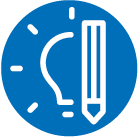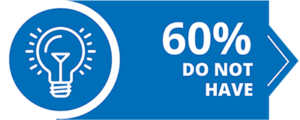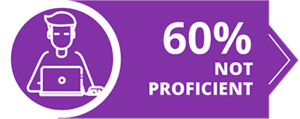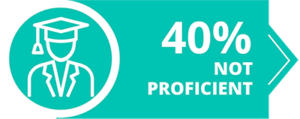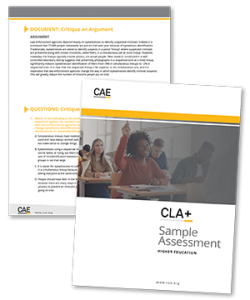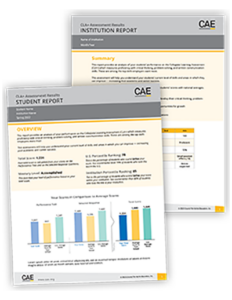 Do Your Students Have the Higher-Order Skills They’ll Need for the Innovation Economy?
Do Your Students Have the Higher-Order Skills They’ll Need for the Innovation Economy?
Let’s chat about how CAE’s higher education assessments and curriculum builds students’ critical thinking, problem-solving, and written communication skills and prepares them for academic and career success.
How Can Higher Education Assessment of Higher-Order Skills Prepare Students for the Workplace?
Measuring students’ higher-order skills with a quality higher education assessment can help ensure they succeed in the workplace. Here’s how:
Critical Thinking
- Measuring and teaching students’ critical thinking skills will prepare them to assess and analyze information, ideas, and situations in a systematic and logical manner.
- Employees who can think critically are better equipped to make sound decisions, solve complex problems, and adapt to changing circumstances.
- This skill is essential in various professions, as it helps individuals identify and evaluate opportunities, risks, and potential improvements in processes and strategies.
Problem Solving
- Measuring and teaching problem-solving skills will help students identify, understand, and resolve challenges and obstacles they encounter in the workplace.
- Effective problem solvers can develop creative solutions, make decisions, and implement actions to achieve desired outcomes.
- Problem-solving skills are highly desired because they enhance an organization’s efficiency and innovation.
Written Communication
- Measuring and teaching effective communication skills will ensure students are able to convey ideas, share information, and build relationships with colleagues and clients.
- Both written and verbal communication skills are necessary for communicating with colleagues, supervisors, and clients. They are also used in various other aspects of business, including presentations, reports, emails, and meetings.
- Strong communication skills promote understanding, minimize misunderstandings, and foster a positive working environment.
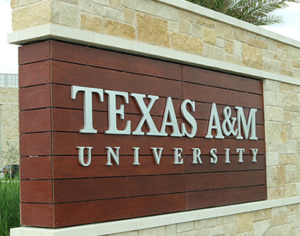 CAE’S Higher Education Assessments and Curriculum in Action
CAE’S Higher Education Assessments and Curriculum in Action
Texas A&M’s Mays Business School and CAE have partnered to develop critical thinking instruction, a framework that can be used throughout the college. See how CAE’s performance-based assessments are helping educators improve student success.
